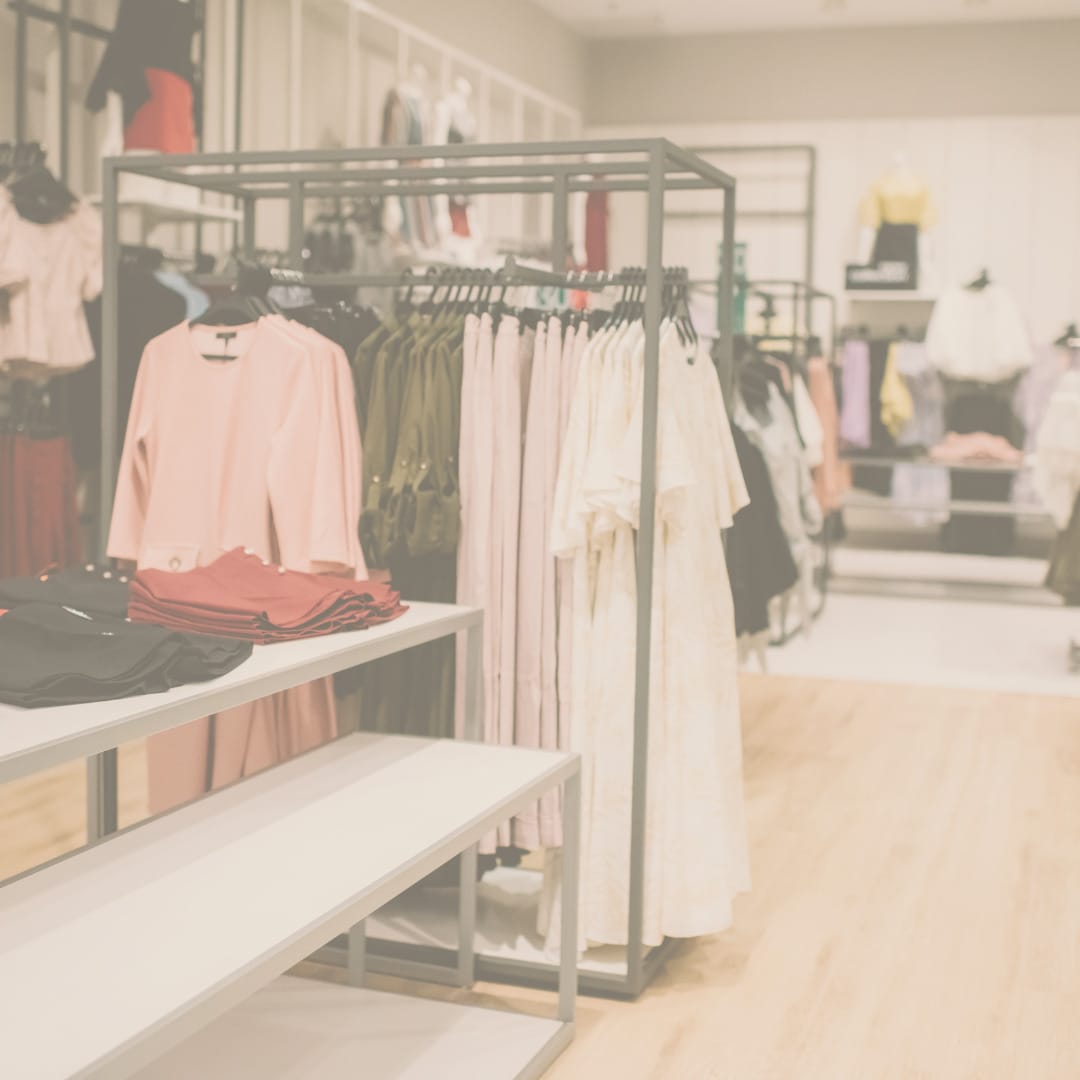Fragrance marketing: real-life examples
Smell is not tangible. So it is quite logical that you find it difficult to form an idea of what scent marketing is and in what ways you can employ it. Therefore, here are some concrete examples of scent marketing.
Fragrance marketing in clothing shops: how everything fits together
A very good example of scent marketing is men’s and women’s clothing shops. Imagine walking into a fashion store with only women’s clothes, but it smells like a typical, heavy men’s perfume. That picture is wrong, isn’t it! It makes you feel uncomfortable and you will soon leave.
Walk into that same shop as a softer, feminine scent embraces the space and the picture immediately rings true.
Some fragrances we often deploy in women’s clothing shops are Myrthe and Tous Les Jours. For menswear, we are more likely to choose fragrances such as Wallstreet and Verso.

A specific fragrance in each department
At our client A.S. Adventure, we went a step further and integrated fragrances by department. For example, the hiking boots and winter sports departments each have a specific fragrance to match the products. In this way, the business creates a total experience for customers. Read more about scent experience at A.S. Adventure in our case study.
Creating tranquillity with fragrance
Scents affect our behaviour. For example, certain fragrances have a calming or soothing effect. Think lavender, jasmine and eucalyptus.
By putting soothing fragrances in rooms where people easily experience stress, you can improve peace of mind and eliminate stress. Think of healthcare facilities such as hospitals, waiting rooms at doctors’ offices or dental practices.
Our “Calming Zen” fragrance sample mix contains a variety of calming scents, such as White Tea, Lavender, Relaxation and Jasmine.

Food odours influence buying behaviour
Do you recognise that moment when you are walking down the shopping streets or through the market and suddenly smell that delicious aroma of freshly baked waffles? It might even make you a little hungry…But above all: appetite! And you are suddenly much more likely to join the queue at the waffle stall than if you hadn’t smelled the scent.
So it goes without saying that you can drive people’s buying behaviour with food scents. Want to sell more strawberries, chocolate or sweets? Then simply make sure you diffuse these scents around the product. You can apply this in supermarkets but also in (fresh) markets or at food stalls.
Curious about some case studies with even more examples?
Advice on olfactif marketing?
Do you have a specific question about scent marketing or would like additional information?
Feel free to contact us.
